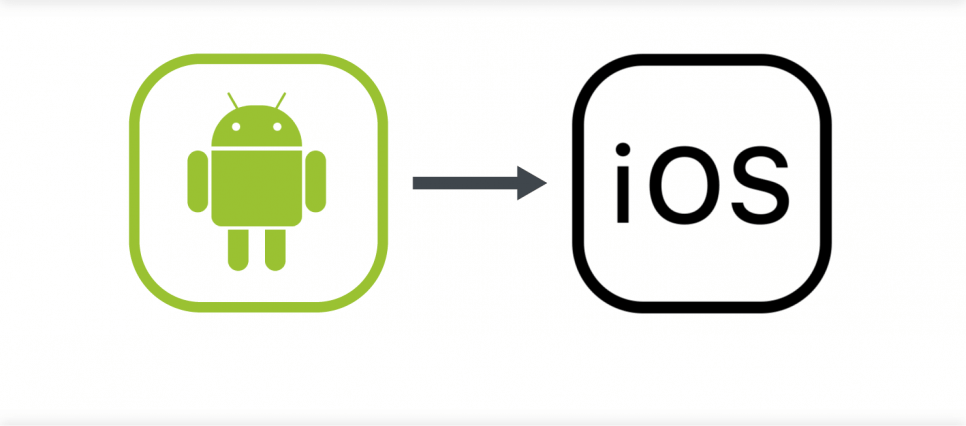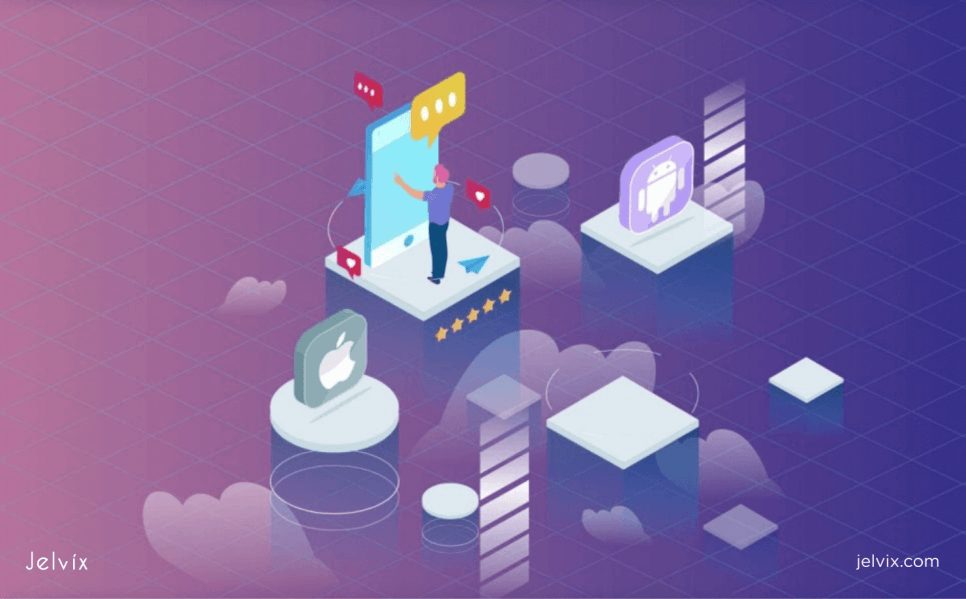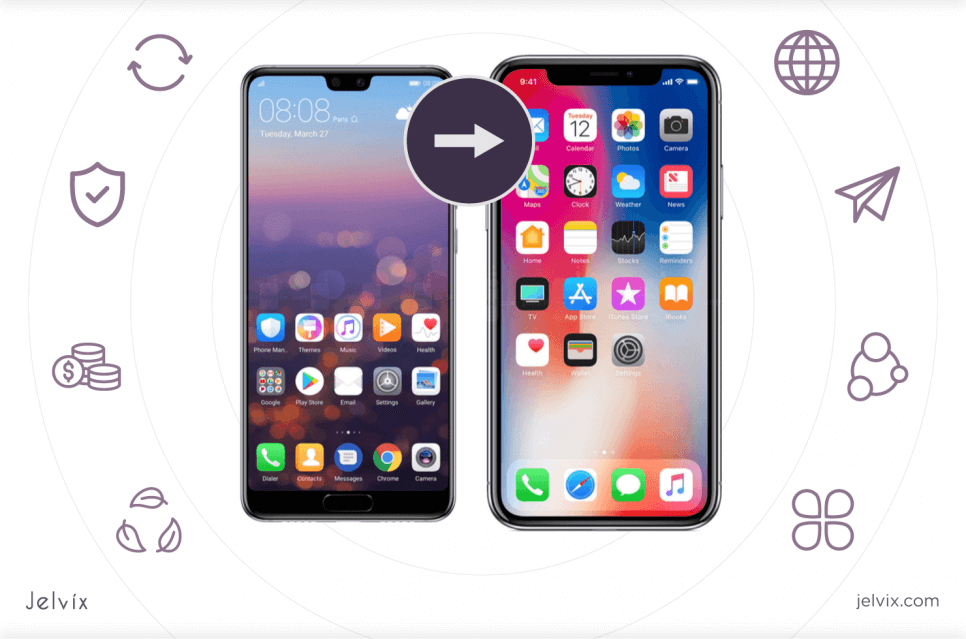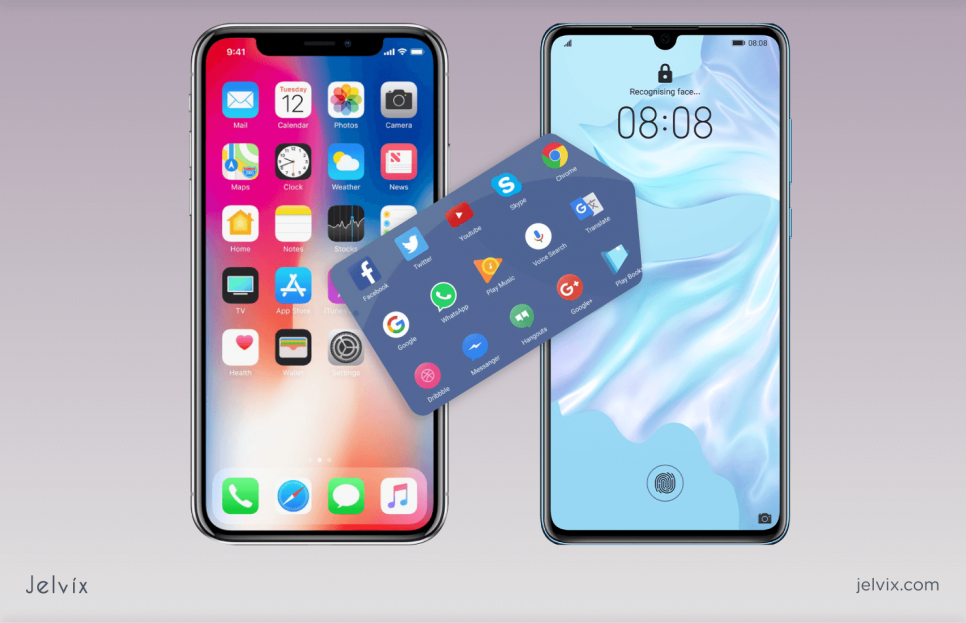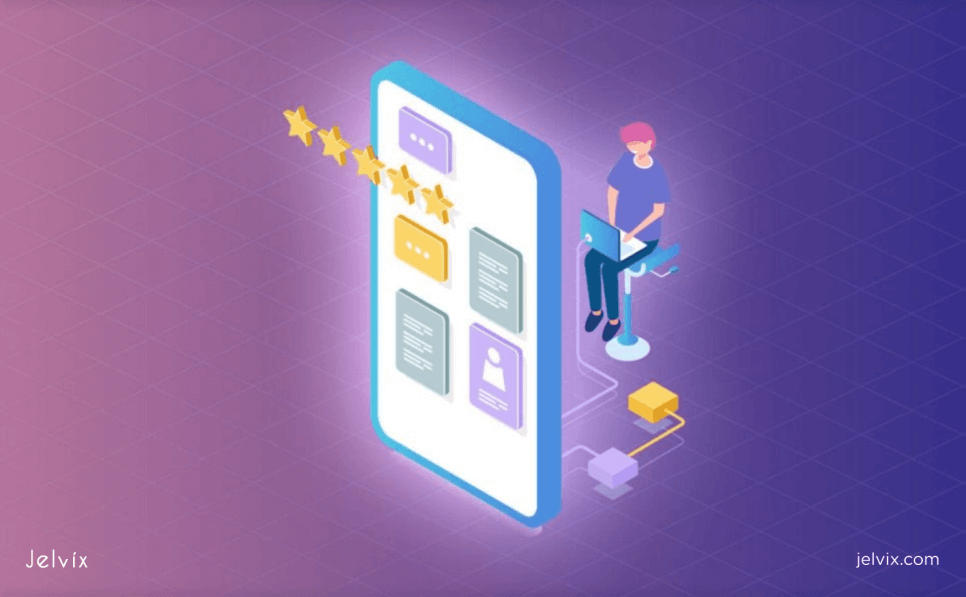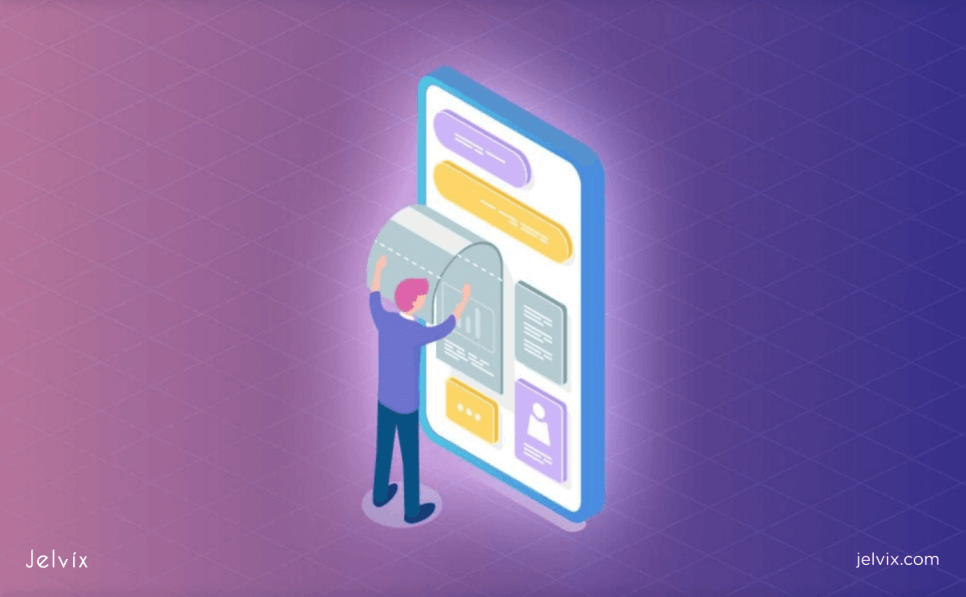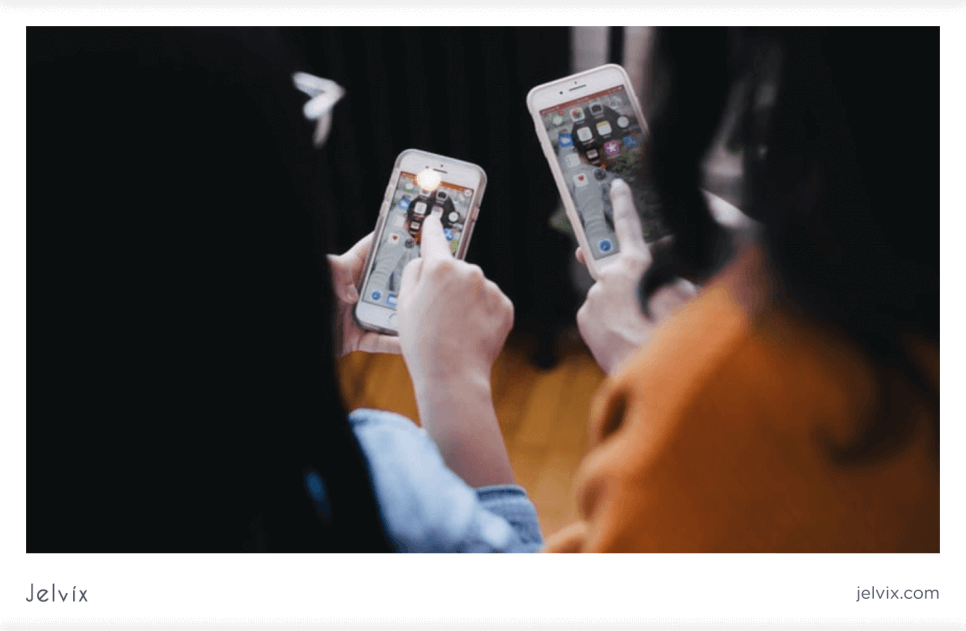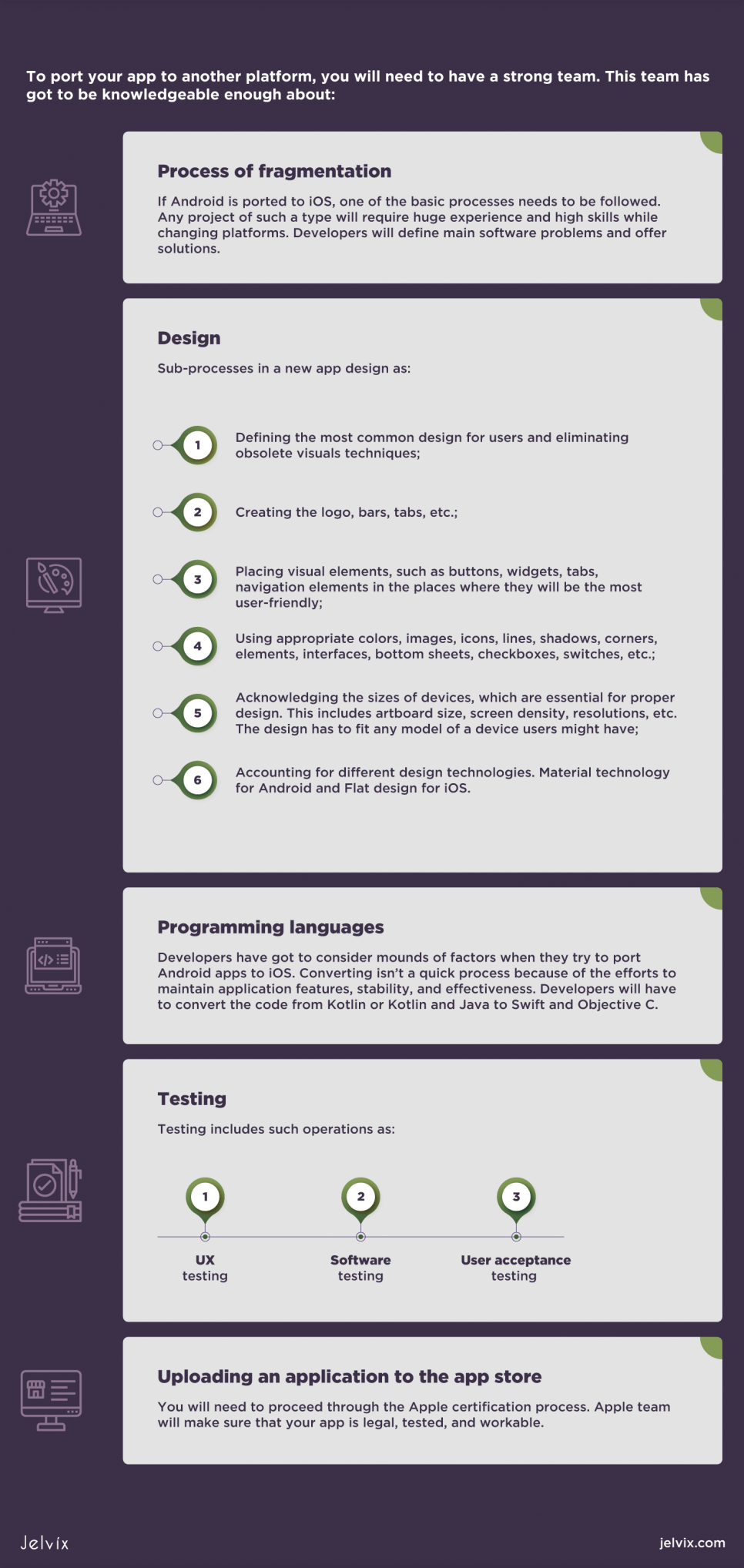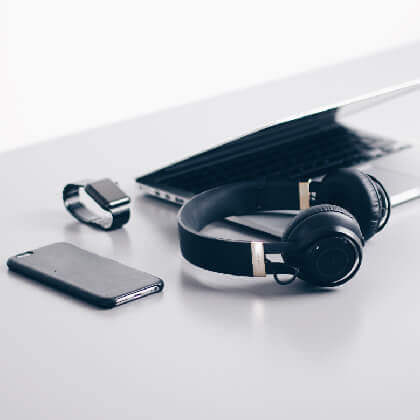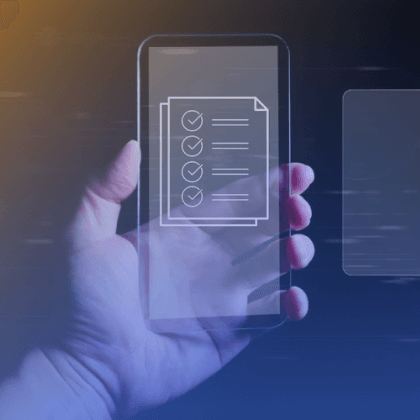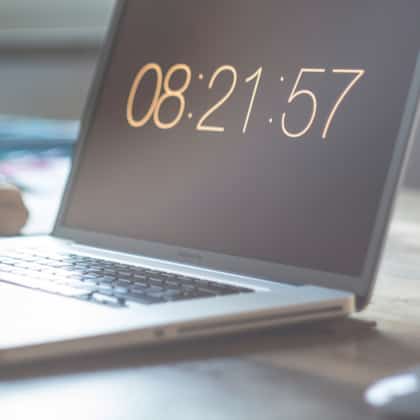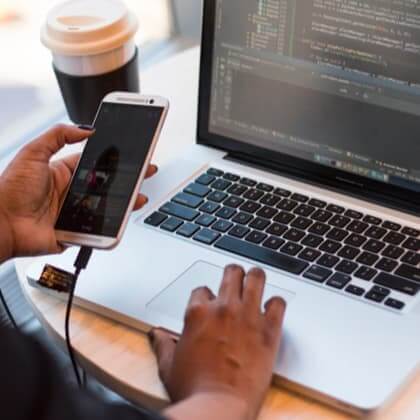These days, there are more than 2.3 billion devices on Android globally. In comparison, iOS is used by more than 800 million people. The iOS apps are great, though Android has a larger audience. The number of apps produced by both platforms has increased and created a demand for cross-platforming.
What Do the Customers Need to Know About Porting from Android to iOS?
Five years ago, the companies and business owners produced their apps for one dedicated platform. It was either Android or iOS. But these days, it’s obsolete due to the rising number of users on both platforms globally. This situation is the reason for the demand for porting from one application platform to another. How to port Android apps to iOS?
The vast majority of successful startups and companies acknowledged that they need to produce their apps for Android and iOS platforms simultaneously. Although it increases the budget for the projects, it definitely is a smart, strategic, and long-term move.
A good example of such business logic is “Fortune 100 List”. The companies from this list are successful, rich, and world-known. Since they have enough budget for such kind of development, most of them already have applications on both platforms.
However, if your budget is limited and you can’t afford to build separate apps from scratch but still want to expand your market, it is possible to convert Android apps to iOS.
Despite the apparent fact that converting one application to another platform takes lots of hard work, there is a lot of information that you can do easily and without effortlessly.
There is a mound of information on the Internet saying that you can easily transfer your apps from one platform to another, through MechDome or J2ObjC programs, without losing the app’s quality, user interface, effectiveness, stability, and user experience.
However, this is a delusional statement that fools most startups and even entrepreneurs. To port your app to another platform, you will need to have a strong team of developers with the knowledge and experience in such successful projects. This team has got to be knowledgeable enough about:
- Process of fragmentation;
- Design;
- Programming languages;
- Testing;
- Uploading an application to the App Store.
Let’s take a closer look at each of these processes and define the major cornerstones of the porting app from Android to iOS.
Process of Fragmentation
If Android is ported to iOS, one of the basic processes needs to be followed. The initial step in implementing your idea into fruition is to write a new code for the iOS platform. It’s virtually impossible to use online converters, shortcuts, or other stuff, which suggests that you enter code and achieve stability and usability of an app.
It’s important to understand that the audience is extremely sensitive to any bugs and flaws in software and applications, so they will replace them with better ones in a blink of an eye. And this is something you need to keep in mind as it could impact your company’s reputation and income.
To escape this pattern, you need to follow the next steps.
Any project of such a type will require huge experience and high skills while changing platforms because developers will have to convert the code from Kotlin or Kotlin and Java to Swift and Objective C.
We know this since we have worked on such projects, and considering our team’s experience, Jelvix developers can now easily define main software problems and offer solutions. They are qualified to use proper Software Development Kits for Android and iOS.
It’s highly recommended to make your Android application working on the latest version, such as iOS 14 or relevant ones since the team will also struggle with updating OS countless times when they start the process of porting.
Otherwise, your app can become obsolete and useless. In a nutshell, this process will take some time, depending on the number of updates.
Making Сhanges to the Application Design
Our developer’s team defined no other way to port one app design to another without a complete redesign. You can’t make a replica of the design on one platform and put it on another since these two platforms use different design languages.
If you try to make a replica of the design, the result will be the same as with the code – your program will not work properly, and there will be huge visual bugs and glitches. Creating the design is crucial for porting Android apps to iOS. To avoid this mistake, developers include such sub-processes in a new app design as:
- Defining the most common design for users and eliminating obsolete visuals techniques;
- Creating the logo, bars, tabs, etc.
- Placing visual elements, such as buttons, widgets, tabs, navigation elements in the places where they will be the most user-friendly;
- Using appropriate colors, images, icons, lines, shadows, corners, elements, interfaces, bottom sheets, checkboxes, switches, etc.;
- Acknowledging the sizes of devices, which are essential for proper design. This includes artboard size, screen density, resolutions, etc. The design has to fit any model of a device users might have.
- Accounting for different design technologies. Material technology for Android and Flat design for iOS.
App Store has a system to evaluate your app for suitability and convenience before your app ends up with end-users. If you have a proper design that fits iOS devices and the Apple team, you will be qualified to achieve certification from Apple and stand out from the crowd.
The App Store will evaluate your app as a good one, and people are more likely to download such kinds of approved applications.
On the other hand, you can achieve a negative response from the system if your application doesn’t fit the basic requirements of Apple. It occurs when it has unique visuals, artifacts, or a bad design.
To port Android app design to the iOS platform, you need an excellent user interface. The user interface is essential and has to fit all users. It creates usability and a comfortable mood for customers and makes the process go faster and more efficiently.
The surveys conducted to find the correlation between the application’s design and its subsequent rentability show that proper design is profitable.
The point is, if your application has a proper and attractive design, it will most likely be successfully monetized. The Jelvix team discovered that a proper design led to at least tripled profit from an app.
The App Store audience can afford to pay virtually any fee for the application. It just needs to be designed perfectly and work properly. It must consider trends, usability, and be attractive. Our surveys on design topics show that many good apps that can be useful for people just lack a good enough design, and as a result, people don’t buy them.
Our team builds user interface based on important user features, such as:
- attractiveness
- enjoyment
- effectiveness
- clarity
- forgiveness
- aesthetics
- mistake prevention
It all starts with the logo and the name of the new application and moves further. First of all, the app design has to be attractive. If users’ eyes are intimidated, it’s a very bad pattern, and most users are likely to toss such an app in the trash.
However, our team develops logos and patterns based on trends and marketing, however still following the overall design concept. Porting Android apps to iOS is useless if your design does not fit the needs of customers and Apple.
Users of an app have to enjoy it. It comes with good colors, bars, icons, flexibility, and responsiveness of the entire program. The design has to be familiar to users. Any unfamiliar chunks of design, uncommon visuals bring obstacles and additional intimidating. People enjoy using it when everything in the design goes as they expect.
Effectiveness is when a design can solve issues or problems of the people. When people use a particular app, they want to find solutions for their needs quickly. If they can’t do it, this creates a bad mood and proves a faulty user interface. As a result, if users can’t get what they are looking for quickly, they just jump from this application to another.
Clarity of the interface is when your application can be used without additional thoughts, knowledge, and skills. Users understand the hierarchy, visual effects, how they work, and what they need to do in a particular application.
Forgiveness is when users of an application can make predictable mistakes. Many users of applications complain about situations when they press the wrong button and lose all their results.
In the eyes of users, this situation looks like a punishment for actions. Instead of punishment, applications have to support them if that occurs. Proper mechanisms of additional questions or easy-to-push elements can create more forgiveness and, as a result, more convenience and joy for the user.
Aesthetic patterns are also important for users. When Android is ported to iOS, it should be more aesthetic than before Aesthetical graphic patterns, attract more users, and create a profit. People are likely to buy from you when applications are aesthetic, clear, and snappy.
Mistake preventing features of an application is the series of mechanisms, which can prevent crucial mistakes, that can cause loss of money or chunks of important information. The user interface should recognize such kinds of mistakes and have a pattern to inform the user about a possible mistake.
After creating a great visual, the app needs to have a user experience design. The user experience design is aimed at the audience. The main purpose is to create a better interaction between the user and the device. All these features create a great user interface with eye-catching design patterns.
Programming Languages
Programming languages are important in both cases. In porting Android to iOS and when you port iOS apps to Android, there is a pattern to use Kotlin as the main language for programming on Android applications.
Although these languages are effective, based on some factors such as capacity, quality, and productivity, they have a lower level than Objective C and Swift, which are used by iOS. That’s why it’s virtually impossible to convert from Android to iOS through online converters and maintain quality. There are so many factors, which online-converters can’t define and fix.
Developers have got to consider mounds of factors when they try to port Android apps to iOS. Converting isn’t a quick process because of the efforts to maintain application features, stability, and effectiveness.
The other obstacle in redesigning and recoding these apps is that the sources of libraries are different. For example, libraries for Kotlin and Java are open-sourced. While the libraries of Objective C and Swift are closed-sourced.
Testing the Finished Application for the New Platform
There are few steps that have to be done to consider an application fully ported to iOS. Testing is one of the defining steps in porting from Android apps to iOS. Testing includes such operations as:
- UX testing;
- Software testing;
- User acceptance testing.
The reason why user experience is so important for a good application is that all the features must be workable and easy to use. Our developers test every application on good working habits and usability at the time. We created a system of testing that allows us to understand the real advantages of an application and what application is lacking.
Before matching an Android app to iOS, you need to follow the software testing to find failures, glitches, and bugs. The results of testing have to contain information about code stability conditions.
In the case of ports, our team will find previous bugs and glitches of the software that is ported to the iOS platform. Finding previous failures is one of the best ways to reach high software performance.
If your app doesn’t pass testing, there is no other way to port the Android apps to iOS successfully.
After final testing, an application has to be checked for verification and validation. Verification is implementing the functionality of an application in the right way. Validation is the work of the application within the requirements of the client.
When you have finished final testing, this is a good sign for an application. This means that you can port to Android devices and vice versa.
To port an Android app to iOS completely, you need an adjustment to the server. An adjustment of interaction with the server will take some time. This is because Android uses XML technology for data sharing. On the other hand, iOS uses JSON technology.
However, software testing includes different types of operation, which aim at testing from small segments to higher sectors of code. All the above-mentioned operations require a detail-oriented approach, experienced staff, and a lot of diverse pre-test checks made.
So, with an eye not to lose any nuances, our team tests small units of code and moves to higher integration testing. The final step is when the application passes system testing and acceptance testing. If all code conditions are good, the application is considered tested.
If your business doesn’t have any applications yet and you are considering creating one, it would be smart to think about creating a cross-platform application from the very beginning for you to launch your application both on Android and iPhone simultaneously. Check the chart below for comprehensive information.
Uploading the Application to the App Store
The final step in porting the application is uploading it to the App Store. And here everything comes to being scrupulous in testing and observing the results – which is our focus at this stage. We, as a team, have an account in the App Store and huge experience in uploading applications, which were ported from the Android platform to iOS.
So our experience allows us to know exactly what it takes and what to focus on at the final stage.
A new application has to be ready for use and tested on the developers’ end. After the uploading process, your application will go through testing by the Apple team. They will make sure that your app is legal, tested, and workable.
You will need to proceed through the Apple certification process. This process might take from 2 hours to a few days. After submitting your application, you will receive a notification about a successful approval of your app by the Apple team.
How to Convert an Android App to iOS?
According to standard information, the vice versa situation of converting your application from iOS to Android is said to be easier and less time-consuming. The reasons are open sources and libraries that Apple doesn’t have. Thus, it’s partially true and makes sense.
It is also true that Objective C and Swift are very different in the development process from Kotlin. As a result, converting should go much quicker. To port iPhone apps to Android properly, you still need experience and a developer team t0 maintain applications validated and verified on your needs.
Converting from higher programming languages to lower is combined with the same obstacles that are listed above. Making a real iOS port to another platform will require taking steps in a logical sequence.
Your future iOS application has to follow these steps:
- Design;
- Fragmentation;
- Coding;
- Testing;
- Uploading to Google.
Taking into consideration all the steps mentioned above, we can see the obvious conclusion. The main reason why you should consider porting the iPhone app to Android is that Android has a huge market. There is no better thing than increasing your profit by expanding to a new market.
Our team has decent experience in uploading successful applications converted from Android to iOS, and we can assure you that you’ll need to have less budget to port iPhone apps to Android than the other way around.
If you want to build a native interface without working with several specific stacks, you could consider Flutter development. Let's analyze whether Flutter as simple as advertised, and with that simplicity, can it cover the needs of big companies and ambitious startups?
How to Avoid the Biggest Mistake While Porting Android App to iOS and Vice Versa
The biggest mistake you can make in this situation or conversely is to delegate the work on your applications to a team of developers who have no experience, no credibility, and no proper abilities to implement your project.
The other obstacles may also occur if one can decide to try converting the code through online converters. So, it’s obvious that a customer-oriented approach and high qualification level of developers’ staff is the only right and professional way for porting iPhone apps to Android that you can use.
Nowadays, when there are many different offers on the market, it becomes difficult to make the right decision. To choose the company, if you don’t have a long-term partner that you can trust, pay attention to the company’s experience with projects like yours.
The Jelvix team has been helping businesses and startups all over the world for more than 8 years, and we have many loyal customers worldwide. However, we must mention developers and even teams that are likely to take projects and charge money, but the results happen to be faulty almost all the time.
So, the first step in choosing the right company usually affects the whole situation that you will have to deal with eventually.
The industries in which we operate as software development teams are:
- Finance;
- Retail;
- Health Care;
- Insurance;
- Media;
- Travel;
- Logistics;
- Energy;
- Agritech;
- Automotive.
If you want to port an iOS app to Android or vice versa, there is no better way to delegate this project. We’ll provide a full expert overview of your project and define crucial points.
Porting Android Apps to iOS: Summary
Before porting the Android app to iOS and porting from iOS to Android, it is important to understand that this process can last for several months and sometimes may take more than a year.
In addition, be prepared for the fact that, due to various design requirements, the functionality of your Android application (in particular, the interface navigation) can be modified.
On the other hand, creating a version for another platform is guaranteed to attract a new target audience, and therefore, will increase the profitability of your software solution.
If you are seriously puzzled by the problem of porting Android app to iOS, we recommend employing the outstaffing development services. You can retain your cooperation with the company that created the original Android application version, and the outstaff services provider will assume only the responsibility of adapting it to the new platform.
In particular, our company offers this kind of customer interaction. We offer dedicated development team consisting of trained and highly qualified experts created in full accordance with your requirements. If you are interested in our services – please contact us. We are always glad to have new clients!
Need a certain developer?
Ramp up your development resources to reach new business objectives.


